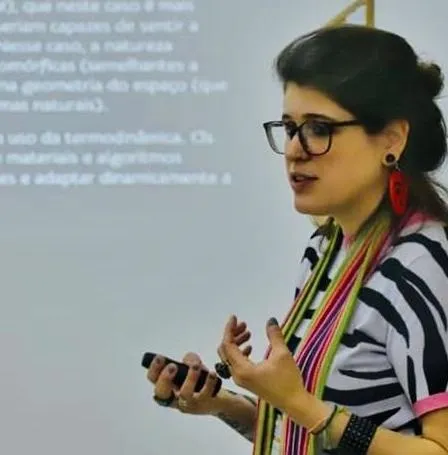About the project
This project will explore the dynamics of resilience in selected human-altered environments by developing a set of numerical toy models rendered as arcade-style computer games. Model systems might include wildfires at the wildland-urban interface, leveed rivers, sand mining, beach nourishment, or transportation networks in hazard zones.
Human alterations to the natural environment may affect the behaviour of physical and ecological processes, which in turn may affect the behaviour and processes of human alteration. To explore the complex dynamics that arise from these coupled systems, which typically involve iterative decision making, learning, and strategy evolution, researchers construct deliberately simplified or "toy" models. But representing adaptive behaviour, even in toy models, has challenged resilience researchers for decades.
To address that gap, this project will explore the dynamics of resilience in selected human-altered environments by developing a set of numerical toy models rendered as arcade-style computer games, in which the mechanisms for adaptive behaviour are handled by a human player.
"Serious games" like the ones this project will deliver blend creative design with critical concepts from the natural, physical, and social sciences and humanities.
Using game data and player experience as a "design material", this project will engage with quantitative and qualitative analytical methods, and will help widen participation in resilience studies by involving a diversity of players in participatory research.
This project combines physical and social science, complexity and game theory, and creative design and data visualisation.
The student will build technical and transferrable skills across a broad spectrum, including:
- systems thinking
- game theory
- creative design
- code development
- data visualisation
- writing and presentation for specialist and general audiences
- participatory research methods
- activities for engagement and impact.
Additional technical training or support
Applicants with technical skills in Python are encouraged to apply. Training in qualitative methods and analysis may be required.
References
Lazarus, E. D. (2025) DOZER: a toy model of coastal hazard mitigation during a storm. EarthArXiv [preprint]: https://doi.org/10.31223/X5HF29
Bucchiarone, A., Rossi, V., & Wanick, V. (2025) Engineering educational games for a sustainable society. Springer. https://link.springer.com/book/9783032025906
Bogost, I. (2010) Persuasive games: The expressive power of videogames. MIT Press. https://direct.mit.edu/books/monograph/4392/Persuasive-GamesThe-Expressive-Power-of-Videogames

